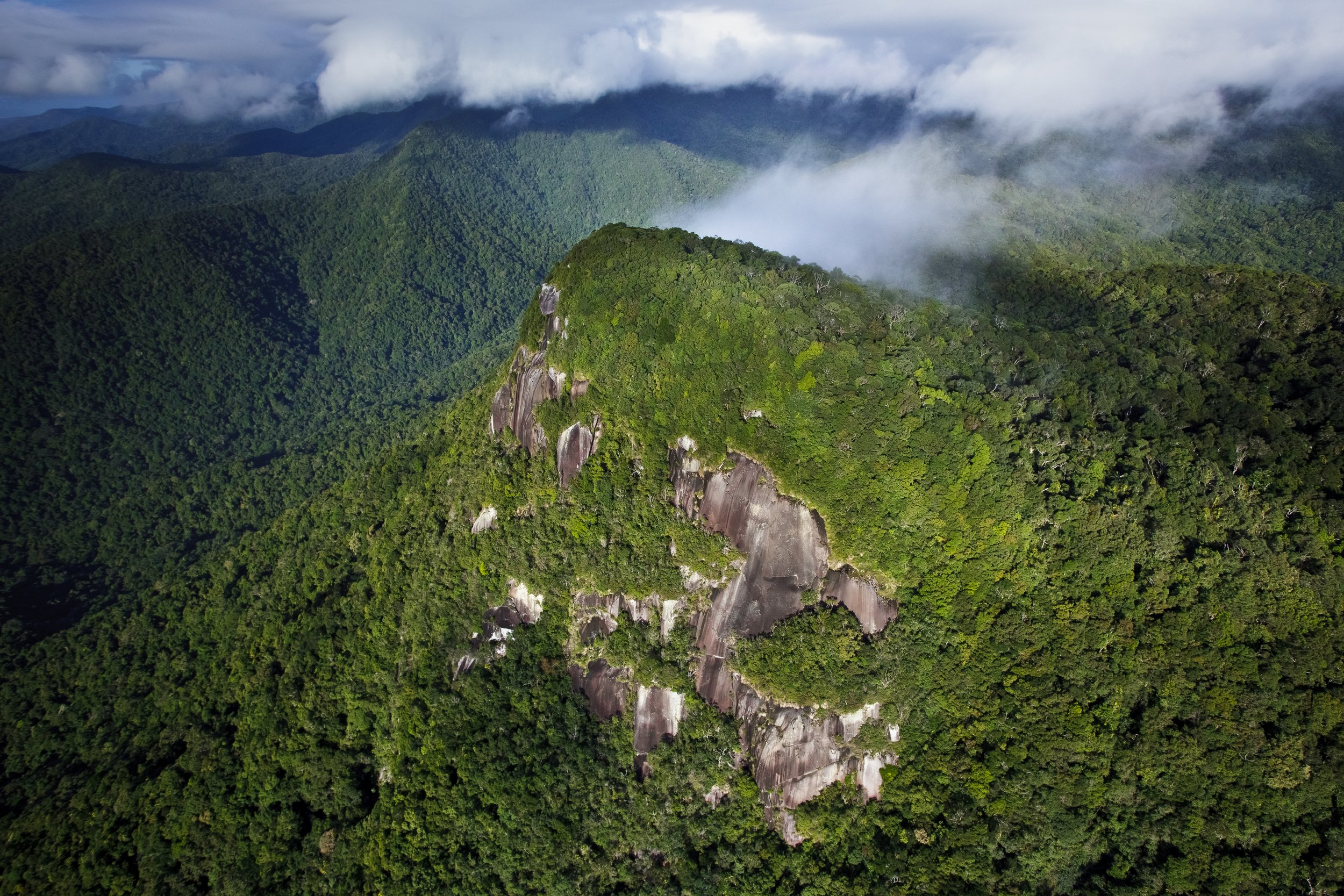Frequently asked questions
-
What is ClimateForce?
Founded in 2018, ClimateForce Ltd is a charitable organisation committed to regenerating damaged land, improving biodiversity and scaling these solutions across the Asia Pacific. We use clean technologies and optimise our tree planting methodologies to increase carbon drawdown. ClimateForce HQ is situated in the Daintree—the world's oldest rainforest. Collaborating with community, business leaders, traditional owners and academic institutions, we aspire to increase awareness around sustainability and nature-based solutions.
-
What is TropicalRegen?
Our inaugural project, Tropical ReGen, will plant over 400,000 native trees —revegetating 527-acres of land. Tropical ReGen has the dual mission of sequestering large swathes of carbon while increasing biodiversity. We collect and publicise our learnings through our research work. Tropical Regen is the first step to realising our vision of scaling low-cost organic regeneration methods across Australia and the Asia Pacific.
-
Why is Daintree so Important?
The Daintree Rainforest is one of the oldest surviving rainforests in the world, estimated to be over 180 million years old. It supports an incredibly diverse range of plant and animal species, many of which are rare and endangered. The rainforest is home to over 3,000 plant species, 12,000 insect species, and numerous birds, mammals, and reptiles. This includes the endangered Southern Cassowary, Bennett's Tree Kangaroo, and Flying Fox. Protecting the Daintree Rainforest helps preserve this rich biodiversity for future generations.
-
How is ClimateForce funded?
During our first two years of operations, ClimateForce has been funded by donations from generous philanthropists in Australia and abroad. We have also received government grants for specific projects. In the future, we hope to show that high biodiversity reforestation can be economically self-sustaining.

Protect | Restore | Educate
WHY ARE RAINFORESTS SO IMPORTANT?
-
Biodiversity
Tropical rainforests are the most biodiverse ecosystems on Earth, containing an astonishing array of plant and animal species. They are home to more than half of the world's known species, despite covering only about 2% of the Earth's surface. Protecting and regenerating tropical rainforests helps preserve countless species, including many that are endangered or endemic to specific regions.
-
Climate Regulation
Rainforests play a vital role in regulating the Earth's climate. They act as carbon sinks, absorbing significant amounts of carbon dioxide from the atmosphere through photosynthesis. By storing carbon in their trees, plants, and soils, rainforests help mitigate climate change by reducing greenhouse gas concentrations. Protecting and regenerating tropical rainforests is crucial for maintaining this climate regulation function.
-
Indigenous Communities
Tropical rainforests are home to numerous Indigenous communities who have lived in harmony with these ecosystems for generations. Protecting rainforests means respecting the rights, cultures, and livelihoods of these communities, allowing them to continue their traditional way of life and maintain their deep connections to the land.
-
Medicinal Resources
Rainforests are a treasure trove of potential medicinal resources. Many plant species found in tropical rainforests have unique chemical properties that can be used in the development of medicines and treatments for various diseases. Preserving rainforests ensures that we have continued access to these potentially life-saving resources.
-
Ecotourism
Rainforests attract visitors from around the world, contributing to local economies through sustainable ecotourism. By protecting and regenerating rainforests, we can create economic opportunities for local communities, generating income and employment while preserving the natural beauty and cultural heritage of these regions.
-
Water Cycle
Rainforests are often referred to as the "lungs of the Earth" because they produce a substantial portion of the world's oxygen. Additionally, they play a vital role in the water cycle. The dense vegetation in rainforests helps maintain high levels of humidity and facilitates rainfall. They act as giant sponges, absorbing rainwater and releasing it gradually into rivers, contributing to the water supply for local communities and downstream regions. Preserving and restoring rainforests helps ensure the availability of freshwater resources.
